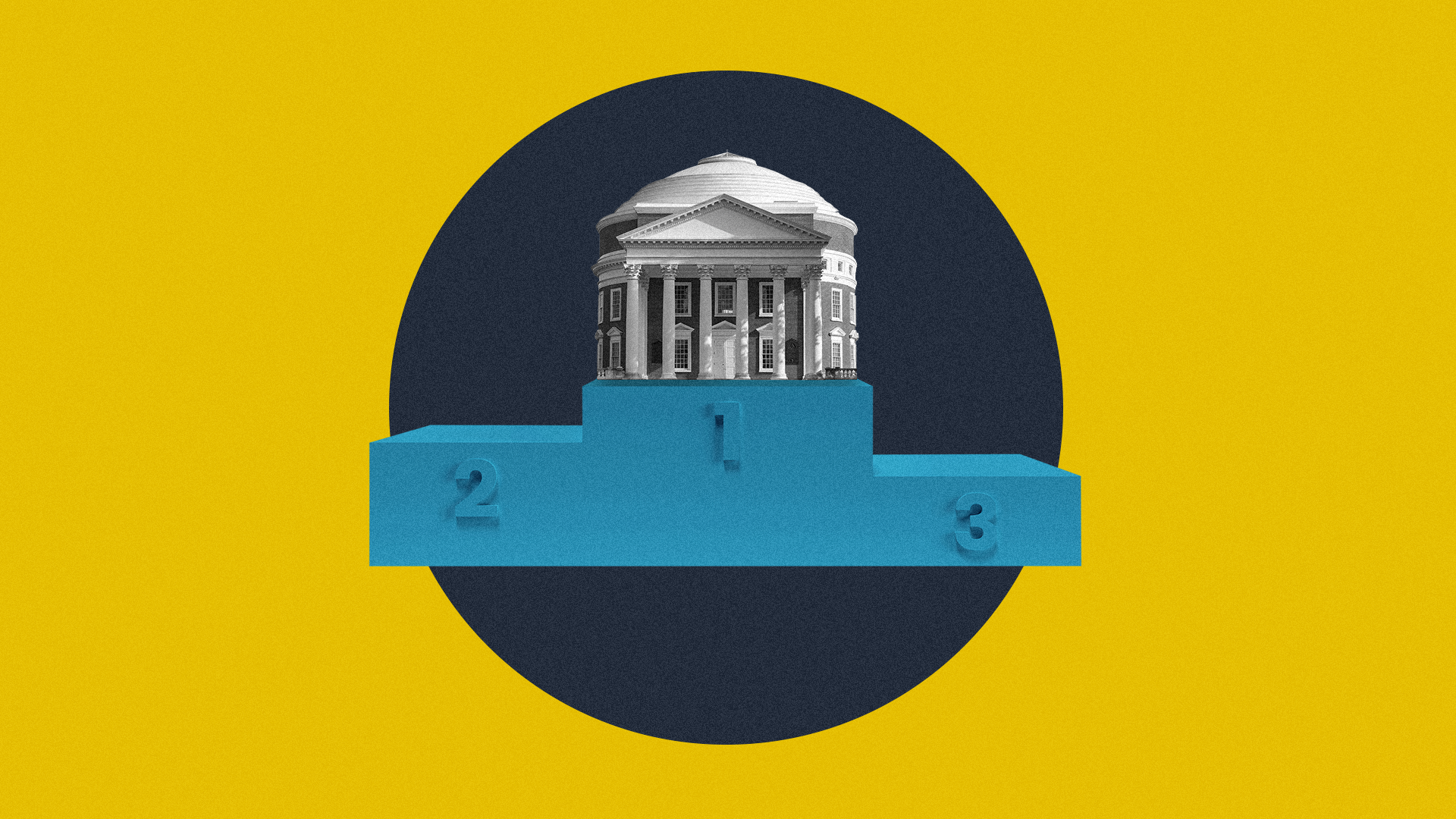Government funding plays a vital role in expanding access to workforce development. In the U.S., government remains the largest investor in short-term credential programs designed to prepare learners for in-demand careers. But while the investment is substantial, questions around long-term impact and program sustainability persist.
Are Government Workforce Training Dollars Paying Off?
The growth of non-degree, short-term credentials has generated both momentum and scrutiny. In 2024, 70 state-funded initiatives across 32 states directed more than $5.6 billion toward short-term credential programs—an increase of $1.7 billion from the previous year. Yet a 2025 RAND Corporation analysis found that many of these programs still fall short on economic outcomes, particularly in high-demand fields like IT and healthcare.
Expanding access isn’t enough. Programs must also deliver measurable value for learners, employers, and the broader economy.
Why Grant-Funded Programs Struggle to Scale
Even high-performing workforce programs can lose momentum when initial funding ends. Without clear sustainability plans, programs often face abrupt shutdowns due to shifts in budgets or policy priorities. Recent examples include:
- The proposed 2025 federal budget cuts education grant funding by 70% and consolidates 18 programs into a single fund.
- Over $600 million in grants for teacher training and professional development were terminated early in 2025.
- The Institute for Education Sciences (IES) faces steep reductions under the same proposal.
These shifts underscore a key risk: without long-term planning, grant-funded programs may struggle to survive beyond their launch.
Credential Quality Matters as Much as Quantity
According to Credential Engine, over one million credentials were awarded by nearly 60,000 providers in 2022. But quantity doesn’t guarantee impact. For credentials to deliver lasting benefit, they must be recognized, relevant, and transferable.
The National Skills Coalition defines a quality non-degree credential (NDC) as one that helps learners meet employment and education goals. Key indicators include:
- Evidence of job opportunities tied to the credential
- Clear, job-aligned competencies
- Transparent outcomes (e.g., employment, wage gains)
- Stackability toward further learning
Employers increasingly value soft skills like communication, leadership, and collaboration alongside technical training. Credential programs should aim to integrate both.
Building Sustainable, Scalable Workforce Programs
To maximize the impact of government funding, workforce leaders should approach program design with long-term scale and sustainability in mind. Here are six key strategies:
1. Plan for Sustainability from the Start
Identify long-term partners, revenue models, and support structures before the grant period ends. Design program for flexibility and stackability into other offerings – existing or in development.
2. Diversify Funding Streams
Leverage your portfolio of offerings to provide training to employers or public agencies to reduce dependence on government grants. Design content with flexibility and modularity in mind from the start.
3. Leverage Cross-Sector Partnerships
Collaborate with other colleges, employers, nonprofits, and workforce boards to co-deliver training and pool resources. Building a network of content distributes the marketing effort and reinforces the strength of any individual brand.
4. Track and Communicate Impact
Build systems to monitor outcomes and share success stories with funders, stakeholders, and the community. Ensure success metrics are defined from the beginning and build mechanisms to track learner outcomes before, during, and after program completion and ensure real-time data is available to make real-time pivots.
5. Apply for No-Cost Extensions When Available
If funding remains but time runs short, explore extensions to continue serving learners. Explore options that might enable learners to self-fund add-on programs.
6. Support Smarter Policy
Advocate for flexible, outcome-focused funding models at the state and federal level.
Lifelong Learning as a Sustainability Strategy
Sustainable workforce programs are grounded in a lifelong learning mindset—the idea that education doesn’t end with a single credential, but continues across a person’s career. Programs that reflect this philosophy tend to stay relevant, gain long-term support, and deliver stronger outcomes.
Lifelong learning supports:
- Economic adaptability
- Ongoing skill development
- Intergenerational knowledge transfer
- Self-directed education journeys
How Next-Gen Higher Ed Platforms Can Help
New digital learning platforms play a key role in scaling high-quality workforce programs. Features that support flexibility, sustainability, and impact include:
- Modularity: Courses broken into reusable units
- Flexible Pathways: Personalized, non-linear learning journeys
- Stackable Credentials: Micro-credentials that build toward broader qualifications
- Integrated Skills: Blending technical and soft skill development
- Transferability: Credentials recognized across employers and sectors
- Ease of Use: Convert intent to action with learner-first designs and frictionless system integrations
- Real-time, AI-enhanced Data: Understand learner behavior, capture success, and pivot quickly to meet changing needs
When government, institutions, and industry align around high-quality, flexible workforce training, everyone benefits. The opportunity isn’t just to launch programs—it’s to build a foundation for sustainable, lifelong learning that supports the needs of individuals, employers, and the economy alike.
Let’s Build Workforce Programs That Stick—Together
Today’s learners expect more than just access—they need training programs that lead to real outcomes, grow with their goals, and stand the test of time. That’s where Noodle comes in.
With the Noodle Learning Platform (NLP), you can design and deliver public workforce programs that are not only modular and stackable, but also built to scale—across departments, partner institutions, and learner pathways.Whether you’re supporting government-funded credential programs or launching new continuing education initiatives, NLP helps you:
- Curate courses from across your institution and beyond
- Recommend individualized learning journeys using AIManage payments, custom invoicing, and affiliate sales
- Expand visibility through industry and geographic channels
Outcome-focused. Partner-powered. Built to last.
Let’s Talk.


